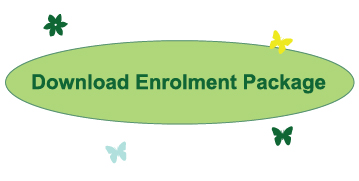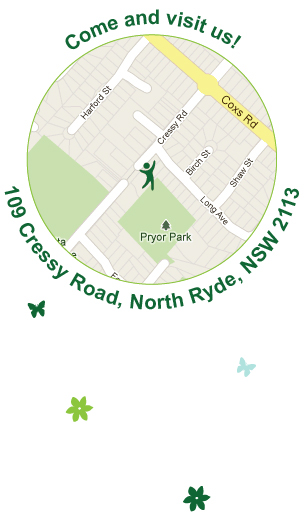The Montessori Method of Education
Maria Montessori observed the children in her first school, noting the activities they preferred, and developed her educational theories from these observations. She saw that children have a natural love of learning and experience great exhilaration and satisfaction if allowed to complete tasks chosen freely.
 Montessori also found that children, from early in the first year of life, pass through a series of “sensitive periods” when they are absorbed in one element of their environment with an intense desire to explore that aspect, often repeating many times actions related to that interest until this leads into the next phase. Grasping the opportunities for development in each “sensitive period” is most important.
Montessori also found that children, from early in the first year of life, pass through a series of “sensitive periods” when they are absorbed in one element of their environment with an intense desire to explore that aspect, often repeating many times actions related to that interest until this leads into the next phase. Grasping the opportunities for development in each “sensitive period” is most important.
Consequently, the Montessori classroom is devised as a total environment to aid the child’s development into a fully integrated and independent individual, with areas which cater for all the “sensitive periods” which appear in the age range of the classroom. This classroom is composed of three essential parts: the child, the prepared environment and the director/directress.
The child teaches himself/herself using especially designed Montessori equipment, which is attractive and self-correcting. In this classroom the teacher is known as a director/directress, as he/she acts as a guide and facilitator, demonstrating new activities and pieces of equipment to individual children or small groups. In a child-centred classroom, with each child working at their own pace, the director/directress also observes and monitors their progress to assist and encourage their activities and interests.
The Montessori classroom is non-competitive and, because a child may choose his/her own activities and do them at his/her own pace, the child has many opportunities for success and is able to build a positive self-image.
 The pre-school programme is designed to cover an important three-year development span of the child. Between the age of three and six years this development is characterised by increasing abilities to explore the environment. During the first year the child is introduced primarily to the practical life and sensorial apparatus. These refine skills and help the child function in the classroom and at home. Further work in these areas helps prepare the child for concepts and co-ordination needed for maths and language work.
The pre-school programme is designed to cover an important three-year development span of the child. Between the age of three and six years this development is characterised by increasing abilities to explore the environment. During the first year the child is introduced primarily to the practical life and sensorial apparatus. These refine skills and help the child function in the classroom and at home. Further work in these areas helps prepare the child for concepts and co-ordination needed for maths and language work.
The third year is the culmination of the programme with the previous two years preparing the child for creative and meaningful exploration and progress in many areas. Often it appears to parents that the child develops greatly in the first year of the programme but outwardly shows little progress in the second year. Yet these first two years are laying the foundations. Many of the benefits of the Montessori approach are only truly seen in the third year when concepts and skills come to fruition and the love of learning becomes a real part of the child.
Socially, in the third year, the opportunity exists for the child to develop leadership qualities, self-confidence, caring attitudes towards others and a sense of responsibility as he/she interacts with the younger children and in his/her own social group of the older children.




